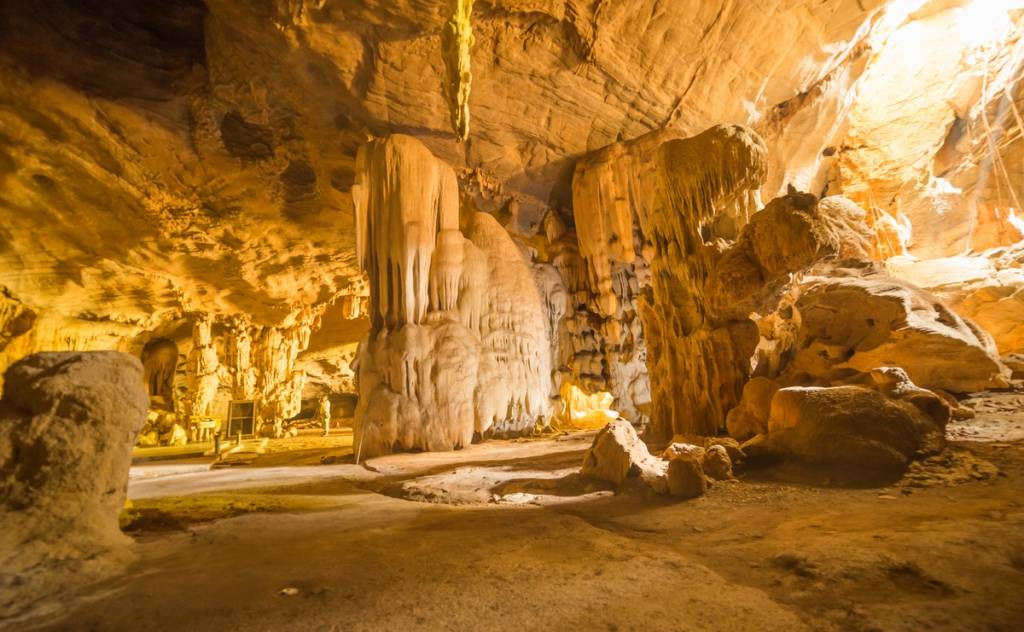"Kalamakia" Cave in Areopolis

"Kalamakia" cave is located 2 km northwest of Areopolis, right at the entrance of Itilos bay. The inaccessible cave was formed many hundreds of thousands of years ago and was used as the home of the Paleolithic Neanderthal people (Homo sapiens Neanderthalensis). More specifically, the cave was periodically inhabited by Neanderthal hunters and foragers and is the most well-preserved cave that was settled during the Middle Paleolithic period.
In this part, almost ten small hollow caves are opened, some of which are individual, while others communicate with each other. The middle one stands out, which is the biggest. This cave opens at the root of a cliff, just 2 metres above sea level, 10 metres from the shore. Its opening is 7 metres wide, its height is 8 metres, and its depth reaches 20 metres. The cave preserves, even today, almost all its deposits, which contain remnants of the Paleolithic Age. The cave was closed by stones and soil collected at its entrance and reopened about 5000 years ago. Τhe excavation, which began in 1993 and was completed in 2006, was done by the University of Athens in collaboration with the National Museum of Natural History of France (Museum National d’Histoire Naturelle). In total, the excavation brought to light numerous animal bones: mammals (deer, rhinos, etc.) and vertebrates (rodents, birds, reptiles, etc.), as well as 14 human remains. It is a vertebra, a skull fragment, a fork section, a wrist bone and ten teeth. A wisdom tooth stands out, which belonged to a person aged 30-40 years, and is characterised by the large size, the complex structure and the "unorthodox" adhesion of its roots. Finally, stone tools were discovered (rasps, spikes, scrapers), which are representative specimens of the Paleolithic period and belong to the so-called "Mustiea period".



